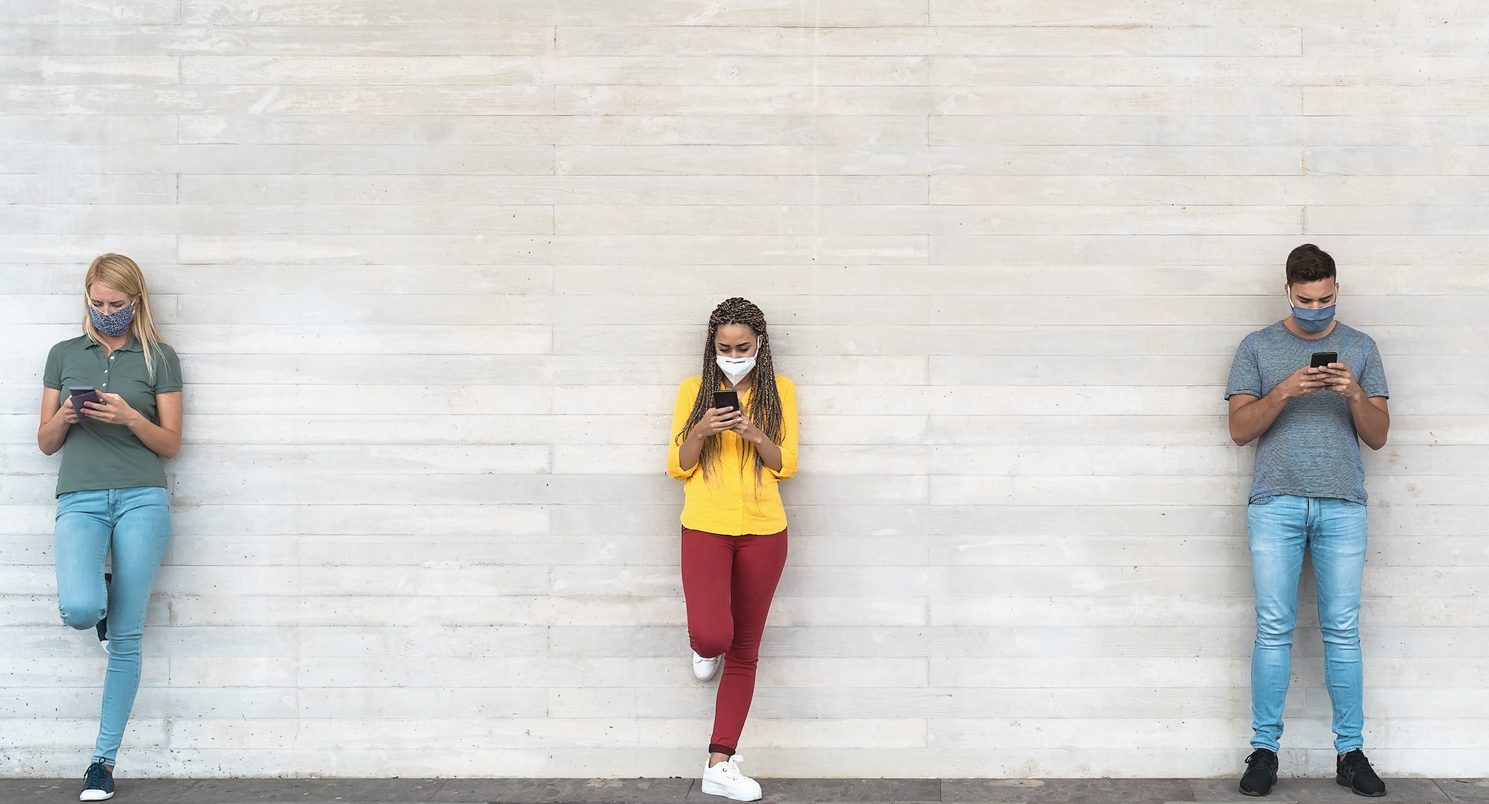
Preventing Bullying Online and Offline: October is National Bullying Prevention Month
Jessica Fowler, CADC, LCAS-A
Substance Use Prevention Specialist
The 2020-2021 school year has been a rollercoaster of change for students, and it is only October. The transition to online schooling for many students is an important safety precaution to avoid contracting and spreading COVID-19. At the same time, the increase in time online – for school, entertainment, and social interaction – also means that the potential for cyberbullying has increased (Hinduja, 2020). It is important for educators, parents, and students to be aware of this possibility, understand how to report and respond to cases of cyberbullying, and learn how to cope with the emotional strain of bullying.
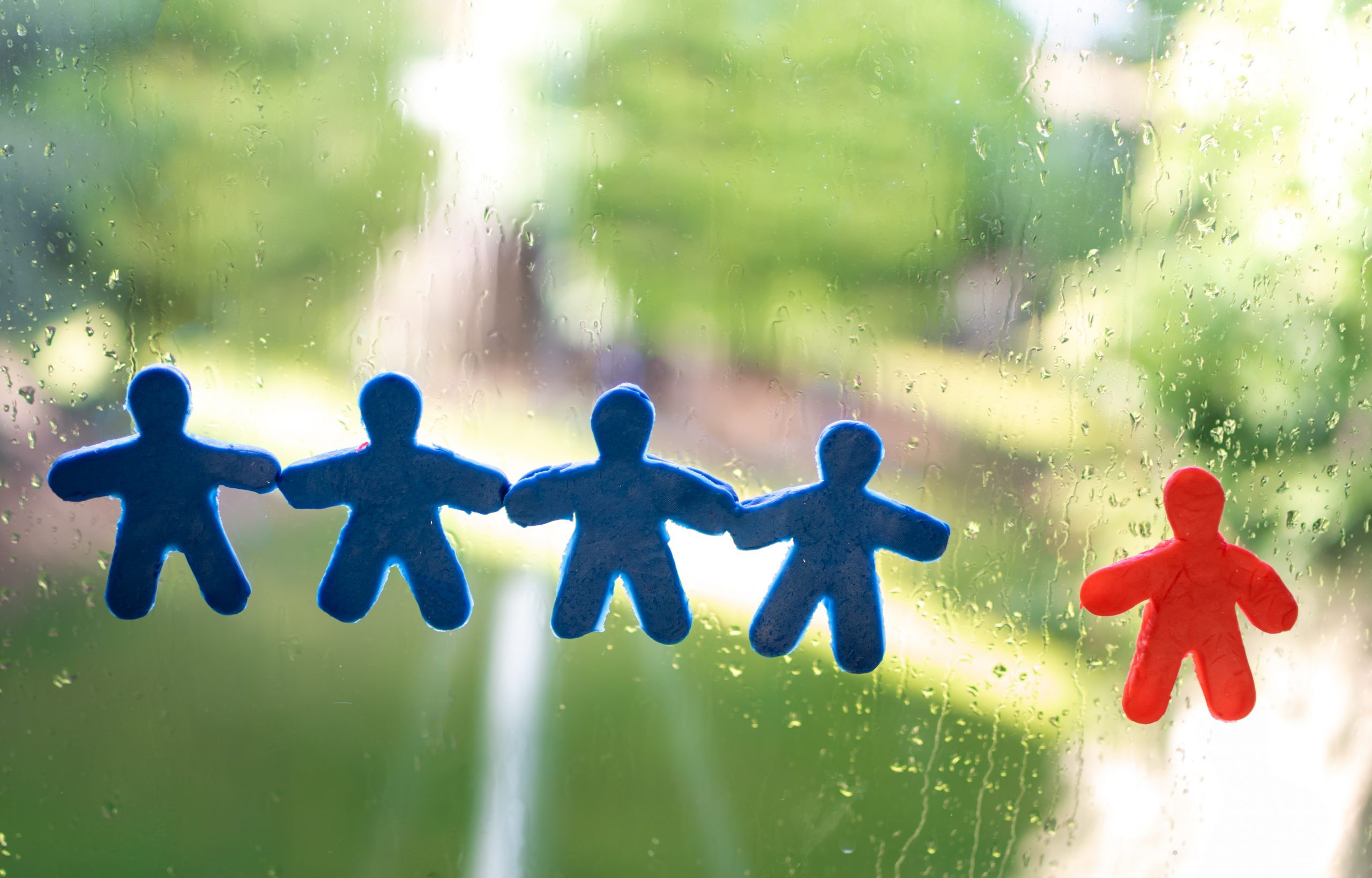
Young, growing brains need healthy social connections to feel secure about their identities and their places in the world. Screens cannot replace hugs, high fives, or an empathetic expression from a friend. As remote learning continues, many youth may feel like they have lost that social connection. A current rapid study done during the COVID-19 pandemic demonstrated that one-third of adolescents are reporting an increase in loneliness (Loades ME, Chatburn E, Higson-Sweeney N, et al 2020). Loneliness can be a mental health risk factor for both youth who engage in bullying behavior and for youth who are the targets of bullying. Focusing on bullying prevention, healthy relationships, and cultivating a positive school climate can help mitigate risk factors.
According to Pew Research Center, 59% of U.S. teens have been bullied or harassed online (Anderson, 2018). That is not a comforting number, especially during a time when remote learning plays a huge part of most students’ school experiences. So what can parents, guardians, and educators do to help build resilience and coping skills in youth?
Cultivate a positive school climate: It has always been important for families, schools, and communities to work together to create social and learning environments that promote positive connections between students, adults, and other peers in the school setting, online or offline. (Center for Disease Control, 2009). Here’s what you can do to promote a positive school climate:
- Create consistency with schedules: Maintaining a clear beginning and end time for school, study, and entertainment creates consistency and helps establish limits and parameters for the quantity and quality of “screen” time.
- Try team-building activities: The “Name Game”, “Picture Walks” and “Would You Rather” can easily be converted to a virtual format and allow opportunities for youth and children to get to know one another as well as the teacher.
Promote Healthy Relationships: Healthy relationships encourage positive social interactions and establish nurturing environments of trust and support, which help students carry positive peer relationships into virtual settings. Here are a few ways to promote healthy relationships:
- Get them talking: If you’re an educator, create virtual tables of 3-4 students with assigned discussion topics. This allows students opportunities to discuss assignments and stay connected. Rotate these groups weekly and try to pair virtual learners with in-person learners to further enhance opportunities for connection.
- Have virtual lunch: If you are an educator, get a group of 4-5 students together and have virtual lunch with them. Take a break from schoolwork and get to know each other and feel connected.
- Have lunch at home: If you are a parent, try setting up virtual lunch dates or host small COVID-safe gatherings of children or youth (Gonsor, 2020). A little time with friends away from schoolwork is a nice break.
- Encourage outdoor activities:
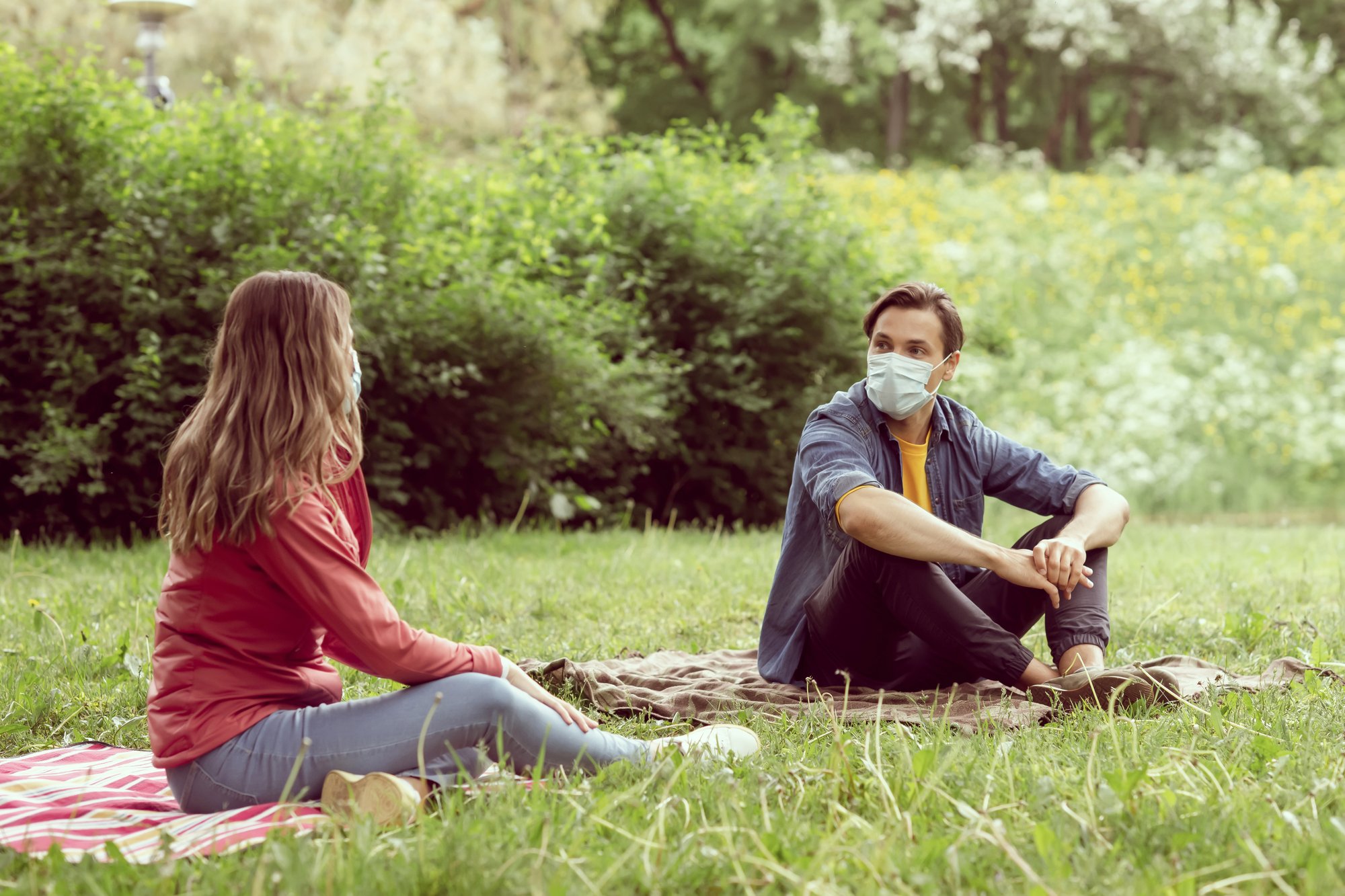 If it feels safe for your family, encourage youth to meet with friends at social distances and do activities such as hiking, exercise, or even a picnic at a park where they can be outside and separated but still able to have that connectedness with their friends.
If it feels safe for your family, encourage youth to meet with friends at social distances and do activities such as hiking, exercise, or even a picnic at a park where they can be outside and separated but still able to have that connectedness with their friends.
Bullying Prevention: Be proactive in addressing concerns about cyberbullying.
- Educate: Families and educators can work together to educate youth and children on bullying behavior and cyberbullying and empower youth to be defenders for friends and peers. Educators can provide information to families about cyberbullying and what to look for in the home.
- Set expectations: In the remote classroom, educators should immediately set expectations for respectful behavior. Acknowledge that online learning is a new situation and that you are all in it together. Stress the importance of kindness, respect, and support.
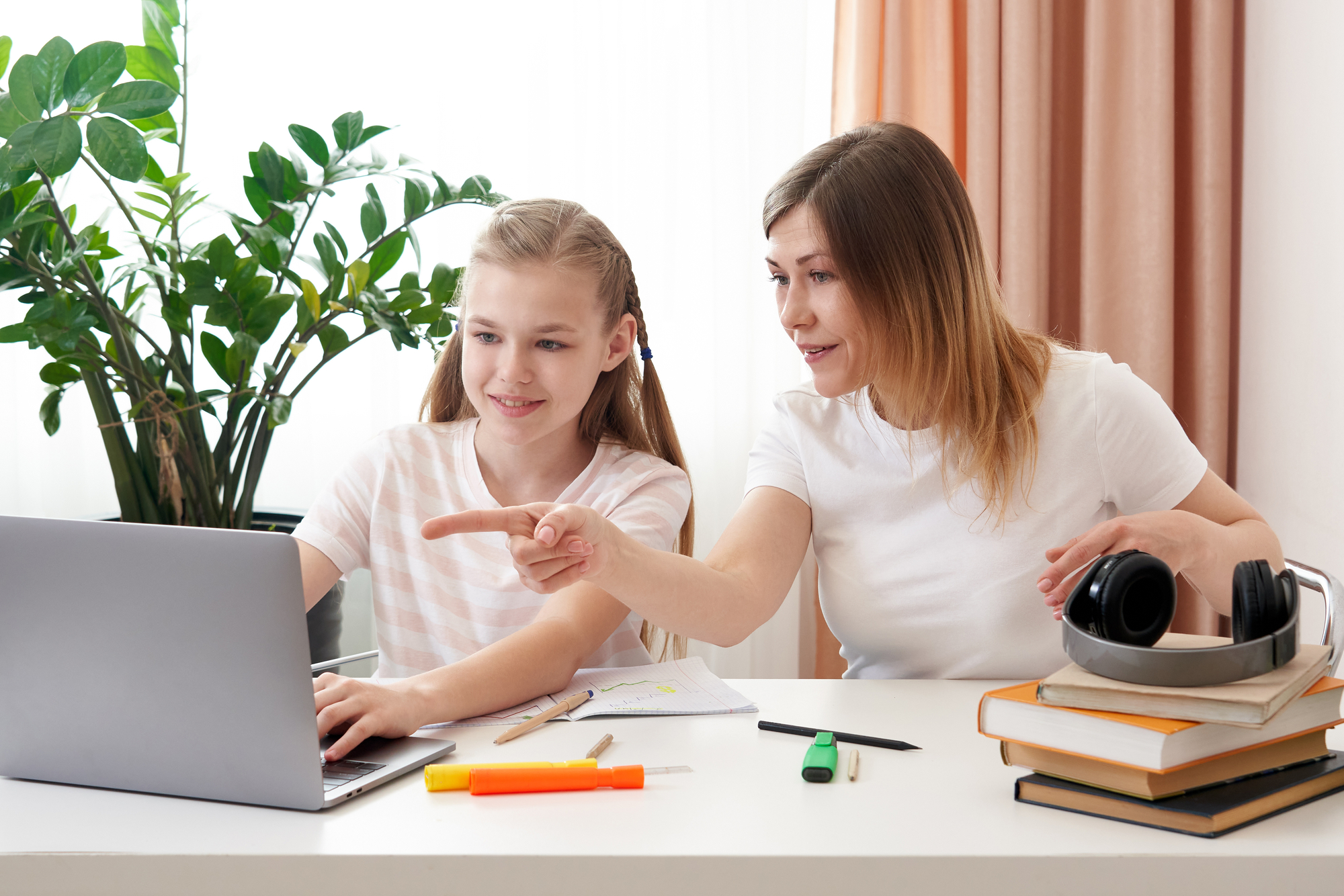 Keep tabs: Both families and educators can keep close tabs on online interactions and encourage youth to take screenshots if they experience or observe bullying behavior. Make sure students know how to report it to a trusted adult.
Keep tabs: Both families and educators can keep close tabs on online interactions and encourage youth to take screenshots if they experience or observe bullying behavior. Make sure students know how to report it to a trusted adult.- Stay alert: Look for behavior changes in youth, as they are often an indicator that something is occurring. For example, a student who was very engaged in the online classroom or discussion boards and suddenly stops participating may be a red flag for bullying.
- Follow up: Educators should talk to youth about potential bullying incidents and follow up with the child’s parents who can monitor the situation as well (Hinduja, 2020).
- Keep communication open: Have conversations with children about how they are feeling, how they are doing, and their thoughts on what is occurring. These check-ins can be done while in the car, watching television, or even at family dinners. Demonstrating support in the home and at school provides comfort and creates a sense of safety and trust.
- Address COVID-related bullying: There are concerns about bullying when it comes to wearing masks or choosing remote learning vs in-person learning. Families and schools can work together to encourage mask-wearing and general safety. Have conversations about these new circumstances. It might be helpful to show videos of celebrities that are wearing masks to help provide reassurance and to reinforce the need for continued safety.
As the school year continues with varying degrees of online learning, it is vital that we keep in mind the effects on our youth and children. Helping youth through these times is important for their overall wellbeing. This includes self-care. As adults, we cannot pour from an empty cup and need to take care of ourselves in order to support our children. It is critical to keep communication open and provide education and resources for our children from both the home setting and the school setting. Families and educators need to work together to build healthy relationships and positive school climates to prevent bullying and cyberbullying.
Resources:
A Majority of Teens have Experienced some form of Cyberbullying. Pew Research Center. September 27, 2018. https://www.pewresearch.org/internet/2018/09/27/a-majority-of-teens-have-experienced-some-form-of-cyberbullying/
Centers for Disease Control and Prevention. School Connectedness: Strategies for Increasing Protective Factors Among Youth. Atlanta, GA: U.S. Department of Health and Human Services; 2009 https://www.cdc.gov/healthyyouth/protective/pdf/connectedness.pdf
Gonser, Sarah. 7 Way to Maintain Relationships During Your School Closure. March 25, 2020.
https://www.edutopia.org/article/7-ways-maintain-relationships-during-your-school-closure
Hinduja, Sameer. Coronavirus, Online Learning, Social Isolation, and Cyberbullying: How to Support Our Students. March 2020. https://cyberbullying.org/coronavirus-online-learning-social-isolation-cyberbullying
Loades ME, Chatburn E, Higson-Sweeney N, et al. Rapid Systematic Review: The Impact of Social Isolation and Loneliness on the Mental Health of Children and Adolescents in the Context of COVID-19 [published online ahead of print, 2020 Jun 3]. J Am Acad Child Adolesc Psychiatry. 2020;S0890-8567(20)30337-3. doi:10.1016/j.jaac.2020.05.009 https://www.ncbi.nlm.nih.gov/pmc/articles/PMC7267797/
Featured Poe Program: Alphabet of Bullying Prevention
Grade Level: 6th – 8th
Program Length: Four 60-minute sessions
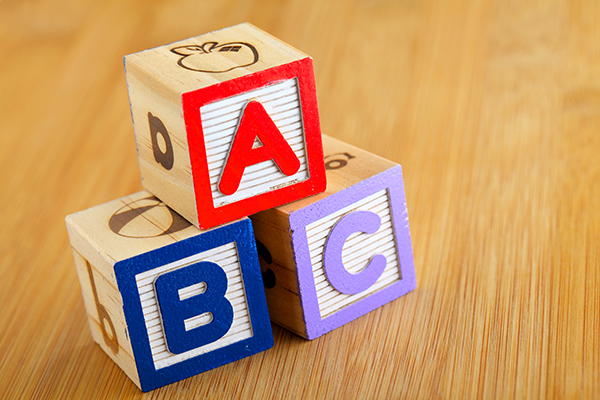
Questions about this program? Contact Jessica Fowler at [email protected].
